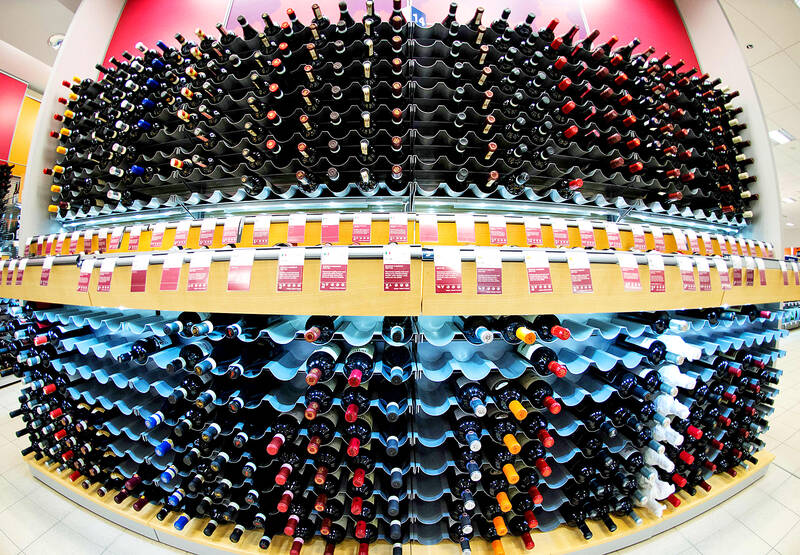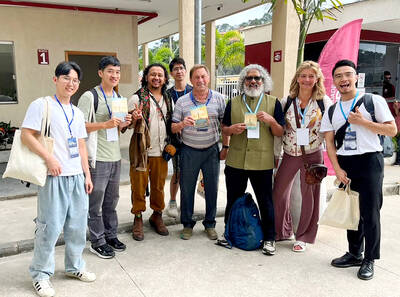To say yes to that glass of wine or beer, or just get a juice? That’s the question many people face when they’re at after-work drinks, relaxing on a Friday night, or at the supermarket thinking about what to pick up for the weekend. I’m not here to opine on the philosophy of drinking, and how much you should drink is a question only you can answer. But it’s worth highlighting the updated advice from key health authorities on alcohol. Perhaps it will swing you one way or the other.
It’s well-known that binge-drinking is harmful, but what about light to moderate drinking? In January last year, the WHO came out with a strong statement: there is no safe level of drinking for health. The agency highlighted that alcohol causes at least seven types of cancer, including breast cancer, and that ethanol (alcohol) directly causes cancer when our cells break it down.
Reviewing the current evidence, the WHO notes that no studies have shown any beneficial effects of drinking that would outweigh the harm it does to the body. A key WHO official noted that the only thing we can say for sure is that “the more you drink, the more harmful it is — or, in other words, the less you drink, the safer it is.”

Photo: AFP
It makes little difference to your body, or your risk of cancer, whether you pay £5 (US$6.50) or £500 (US$650) for a bottle of wine. Alcohol is harmful in whatever form it comes in.
Countries have started adopting this position in their national guidance. For example, last year Canada introduced new national recommendations saying that abstinence is the only risk-free approach, and noting that two drinks (approximately four units) a week is low-risk. This was a change from 2011 when the guidance allowed a maximum of 10 drinks (about 20 units) and 15 drinks (about 30 units) for women and men respectively. The NHS has adopted the language of “no completely safe level of drinking,” with the guidance not to drink more than 14 units, or about six glasses of wine/pints of beer a week.
What about red wine? Wasn’t this supposed to be good for us? Two decades back, studies emerged that hinted that red wine could benefit the heart, especially as part of a Mediterranean diet. However, some of these studies didn’t control for the fact that red wine drinkers were more likely to be educated, wealthy, physically active, eat vegetables and have health insurance. In 2006, in a new analysis that controlled for health-affecting variables, the benefits of drinking red wine weren’t found. Since then, increasing evidence has shown that even one glass of wine a day increases the risk of high blood pressure and heart problems.
The alcohol industry has been savvy here and funded studies that — surprise, surprise — show the benefits of moderate drinking. This is a lesson in why you should always look at who funds the study, and whether there’s a conflict of interest. The muddying of studies by commercial interests (a tactic that was also famously used by the tobacco industry) led to statements, like from economist Emily Oster, that having one drink a day during pregnancy is safe. This has been debunked: fetal brain imaging in 2022 showed that even one alcoholic drink a week during pregnancy harms the baby’s developing brain.
To summarize, there’s widespread consensus that alcohol poisons our bodies. This isn’t a moral judgment: it is what large-scale epidemiological studies have shown. This should inform government policies such as health warnings on alcohol labels, bans on multi-buy promotions, restrictions on marketing and advertising, and greater awareness of the health risks of drinking. Yet, we have to be careful not to descend into puritanism. We live in a democracy where people have the freedom to drink and make choices about their health.
And I’ll admit that even though I work in public health, I continue to have a drink from time to time. Each day, we humans make decisions over the risks we take, and those of us who work in public health have to remember that not everyone is concerned only with living longer; feeling satisfied in how we live each day is also important. We eat that doughnut or bag of crisps, even though we know it’s not great for us, just as we drive long distances on motorways knowing there’s always the risk of a fatal traffic accident. And with alcohol, for many people there’s happiness in sharing a bottle of wine or grabbing a few pints with friends.
There’s no moral judgment in how people choose to live their life and the choices they make. But, yes, drinking carries a health risk, and it’s worth us, and governments, finally acknowledging this fact, even if we’d prefer not to think about it.

Most heroes are remembered for the battles they fought. Taiwan’s Black Bat Squadron is remembered for flying into Chinese airspace 838 times between 1953 and 1967, and for the 148 men whose sacrifice bought the intelligence that kept Taiwan secure. Two-thirds of the squadron died carrying out missions most people wouldn’t learn about for another 40 years. The squadron lost 15 aircraft and 148 crew members over those 14 years, making it the deadliest unit in Taiwan’s military history by casualty rate. They flew at night, often at low altitudes, straight into some of the most heavily defended airspace in Asia.

This month the government ordered a one-year block of Xiaohongshu (小紅書) or Rednote, a Chinese social media platform with more than 3 million users in Taiwan. The government pointed to widespread fraud activity on the platform, along with cybersecurity failures. Officials said that they had reached out to the company and asked it to change. However, they received no response. The pro-China parties, the Chinese Nationalist Party (KMT) and Taiwan People’s Party (TPP), immediately swung into action, denouncing the ban as an attack on free speech. This “free speech” claim was then echoed by the People’s Republic of China (PRC),

Many people in Taiwan first learned about universal basic income (UBI) — the idea that the government should provide regular, no-strings-attached payments to each citizen — in 2019. While seeking the Democratic nomination for the 2020 US presidential election, Andrew Yang, a politician of Taiwanese descent, said that, if elected, he’d institute a UBI of US$1,000 per month to “get the economic boot off of people’s throats, allowing them to lift their heads up, breathe, and get excited for the future.” His campaign petered out, but the concept of UBI hasn’t gone away. Throughout the industrialized world, there are fears that

Like much in the world today, theater has experienced major disruptions over the six years since COVID-19. The pandemic, the war in Ukraine and social media have created a new normal of geopolitical and information uncertainty, and the performing arts are not immune to these effects. “Ten years ago people wanted to come to the theater to engage with important issues, but now the Internet allows them to engage with those issues powerfully and immediately,” said Faith Tan, programming director of the Esplanade in Singapore, speaking last week in Japan. “One reaction to unpredictability has been a renewed emphasis on